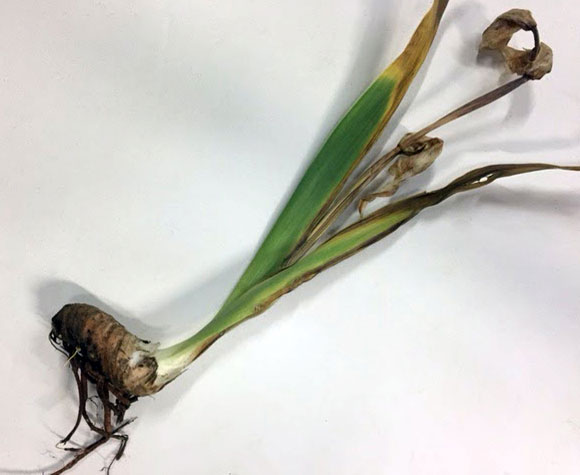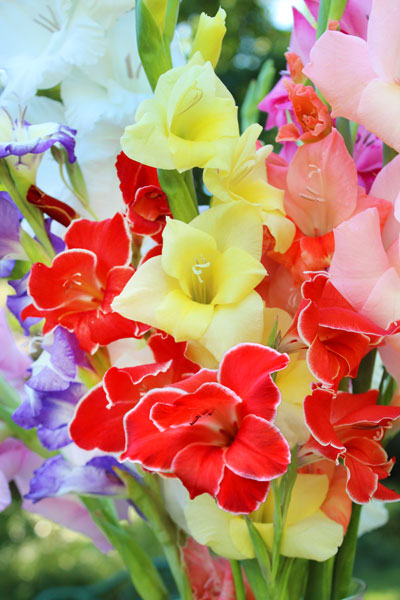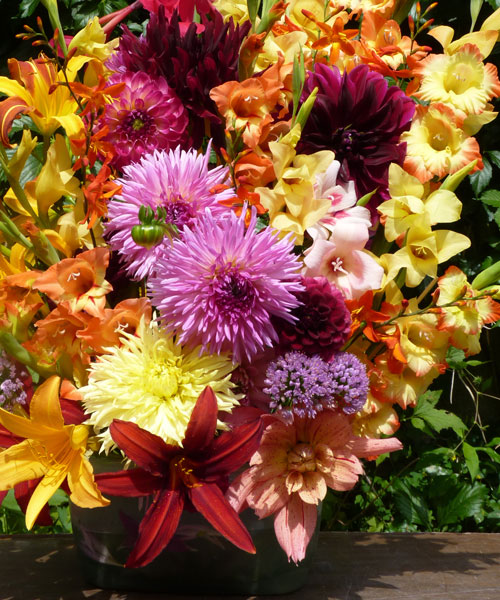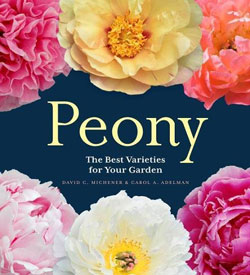
Peony: The Best Varieties for Your Garden – This book is so new that Amazon isn’t even shipping it until later this month, but I got a copy Monday and couldn’t wait to tell you about it.
It’s definitely “a stunner,” as co-author David Michener of the University of Michigan Peony Garden told me, with page after page of glorious photos, many by co-author Carol Adelman of Oregon’s Adelman Peony Gardens. After chapters on peony history and origins, peony types, gardening with peonies, and peonies as cut flowers, most of the book is devoted to mouth-watering close-ups and short descriptions of nearly 200 peonies.
Although I wish there were more heirlooms in it, David and Carol have put together a line-up that’s impressively diverse. Most are herbaceous peonies, but there are plenty of intersectional and tree peonies, too, all dating from 1824 to 2015, and the incredible range of colors and forms is sure to have you ooo-ing and ahhh-ing. The book’s price is impressive, too – just $19 at Amazon. So what are you waiting for?

The World of Laura Ingalls Wilder: The Frontier Landscapes that Inspired the Little House Books – Before she was a famous author, Marta McDowell was a customer of ours. (That's her in the photo below, visiting OHG this past September.) I loved her first book, Emily Dickinson’s Gardens, published in 2004, and since then she’s written three other gems: Beatrix Potter’s Gardening Life, All the Presidents’ Gardens, and now this one.
Marta (right) at OHG with Vanessa (center) and Arlene
You don’t have to be a fan of the Little House on the Prairie books or TV series to enjoy it. The illustrations – antique images, original artwork from the books, and historic and modern photos – drew me in immediately, and Marta’s writing reads more like a conversation with a friend than a dissertation. The Wilders homesteaded in a half dozen states, from New York to South Dakota, and their story is more about growing food than flowers, as well as the untamed natural world they lived in.
At the end are chapters on “Visiting Wilder Gardens” and “Growing a Wilder Garden” today, and then just before the index there’s my favorite photo: a snapshot from 1962 of Marta’s family standing in her great-aunt’s backyard – “the flower garden that I imprinted on” – next to a big beautiful swath of tiger lilies.
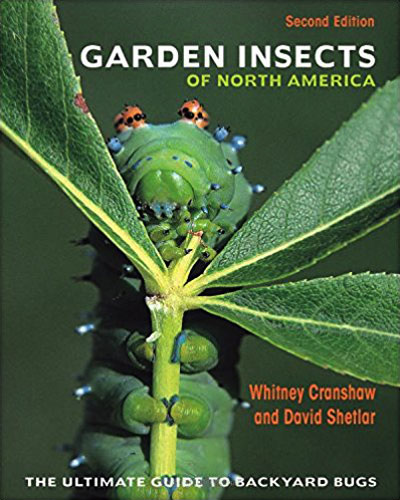
Garden Insects of North America, second edition – I got a copy of this book for my birthday recently, and it’s even better than I expected. First of all it’s BIG: 704 pages, weighing a hefty five pounds. It’s so well bound, though, that it opens flat for easy reading, and the cover seems so durable that I won’t hesitate to take it with me into the garden.
Then there are the photos: 3300 of them, all in full color, and helpfully organized into chapters such as “Insects That Chew on Leaves and Needles.” I admit my first reaction to them was “gross!” Most bugs, after all, aren’t as photogenic as the caterpillar on the cover, and it’s daunting to see page after page of damaged plants. But before long I was discovering insects I’d seen before but didn’t know what they were – such as the tiny, mosaic-patterned ailanthus webworm moth – and I realized this book is going to be both useful and fun.
Superstar garden blogger Margaret Roach recently called it “a must for every gardening household,” and I couldn’t agree more. One caution, though: be sure to get the brand-new second edition which is bigger and better than the 2004 original.
